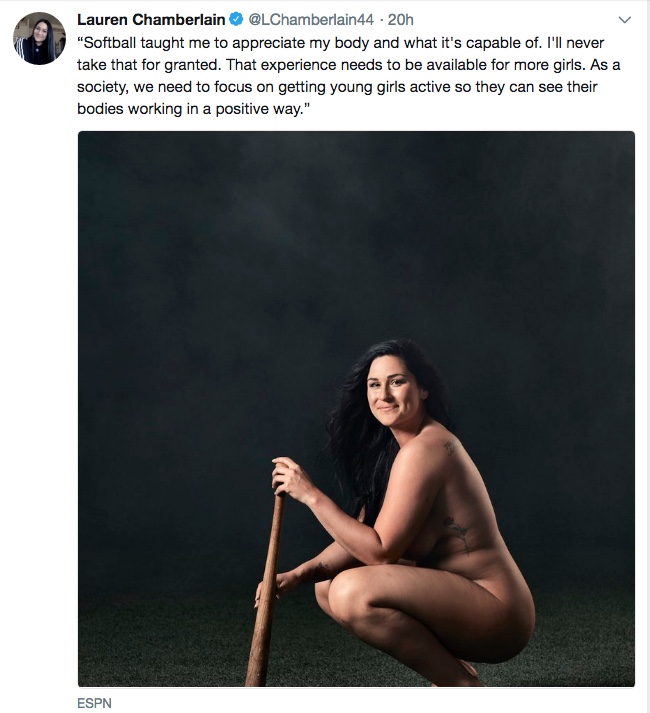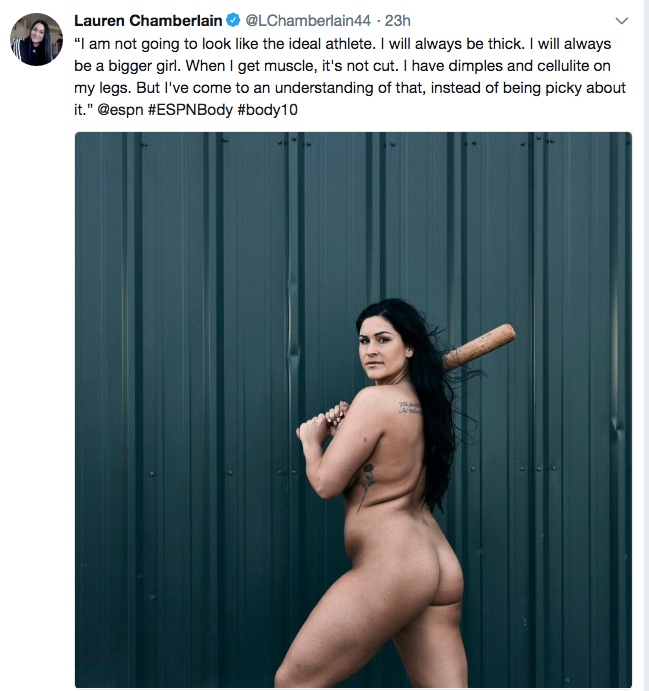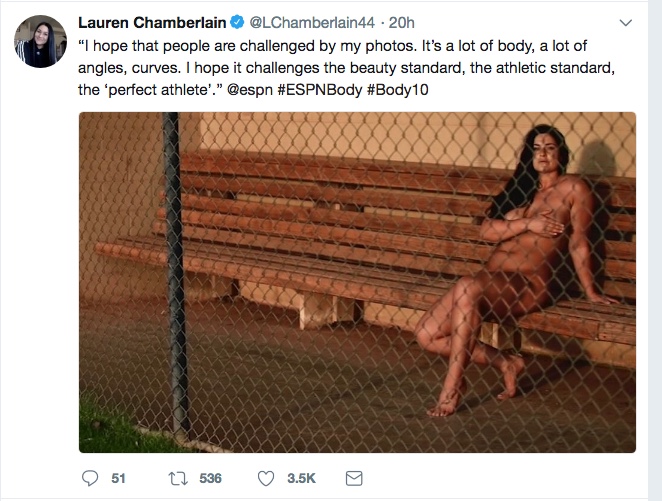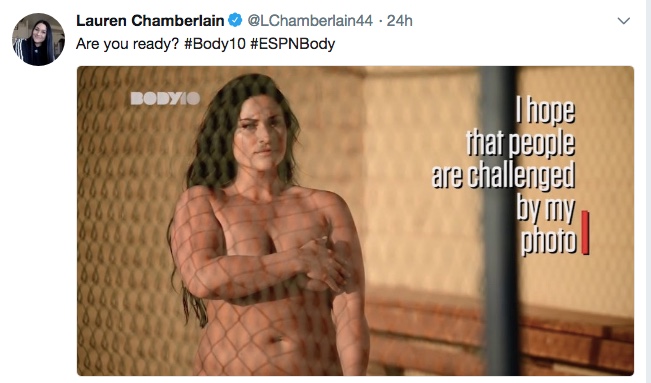Play it Again, Sam(antha): Highlights from a Week of Low Lights
/A Woman's Work: Home Economics* (*I took Woodworking Instead) drawings and story by Carolita Johnson
The girls in my 7th grade year were the first to be allowed to take woodworking at my junior high school in Amherst, MA. Before us, before the very early 1960s, boys went to woodworking classes while girls went to home economics. There, we learned to sew and cook and about how babies are made, but we did that only when the black shades were fully drawn on basement windows to be sure nobody (the boys) looked while we were being taught what girls needed to know.
Perhaps its why Carolita Johnson's story leapt out, grabbed me, and tugged me in.
Published on Longreads
Carolita never did write about woodworking class, but that didn't matter. With every scene of her tale about her marriage, I sensed I knew precisely what she said she felt. It was as though she was writing what could have been my life. Why not? Our girlhoods – woodworking and lots more opportunities some girls in our generation had – gave us the same running start. Oh, by the way, the first thing I made in my woodworking class was a shoe shine kit for my dad. I still have the shoe shine kit – along with gratitude to my father for always pushing me to live my dreams no matter how unlikely their success or how few women shared them.
My dad and me.
This is first of what I hope will be my weekly blogs spotlighting stories that stick with me through the week. Focus will be on lives of girls and women and most weeks I'll shoot for having at least some highlight women in sports. I'll annotate each story with my insights and thoughts that come out of life experiences. Hoping you'll comment so we can open up a dialogue about these stories – and events and opinions they bring to mind.
– Melissa Ludtke, author of forthcoming memoir, "Locker Women Talk: A Woman's Struggle to Get Inside"
Mercury 13: The Women Who Weren't Astronauts
Look magazine cover, Feb. 2, 1960
I was eight years old when this magazine cover was published. The idea of a "girl" going into space seemed unimaginable and I wasn't the only one thinking that way. Despite passing every one of the tests, physical and psychological, that the Mercury 7 astronauts (all men) passed, Betty Skelton (pictured on the LOOK cover), NASA declared that neither she nor any of the other 13 women who'd taken the astronaut tests would go into space. It would be 23 years before Sally Ride would blast off in the Challenger space shuttle, becoming the first American woman in space.
Betty died in 2011, but many of the Mercury 13 women pilots who tried out to be astronauts share their stories in this magnificent documentary Mercury 13, a Netflix original.
“SYNOPSIS: Mercury 13 is a remarkable story of the women who were tested for spaceflight in 1961 before their dreams were dashed in being the first to make the trip beyond Earth. NASA’s ‘man in space’ program, dubbed ‘Project Mercury’ began in 1958. The men chosen – all military test pilots – became known as The Mercury 7. But away from the glare of the media, behind firmly closed doors, female pilots were also screened. Thirteen of them passed and, in some cases, performed better than the men. They were called the Mercury 13 and had the ‘right stuff’ but were, unfortunately, the wrong gender. Underneath the obsession of the space race that gripped America, the women were aviation pioneers who emerged thirsty for a new frontier, but whose time would have to wait. The film tells the definitive story of thirteen truly remarkable women who reached for the stars but were ahead of their time. A Netflix original documentary directed by David Sington (The Fear of 13) and Heather Walsh.”
Women Sports Reporters: Sexism at the World Cup
‘I prefer to hear a male voice’: Female commentators find harsh judgment at World Cup
Washington Post, June 26, 2018
Category: Happens All The Time:
A man complains about the sound of a woman's voice invading what he considers "his" space. Happened again this week when Vicki Sparks became the first woman to broadcast a World Cup game on British TV. Didn't take long a British soccer player to go on national TV to say he didn't think her voice belonged there. Good news: So many pushed back against his comment on Good Morning Britain, that by afternoon he had to apologize, and he did. So, too, did a few of the men who groped and kissed three on-air women reporters at the World Cup after the women called them out on their gross, sexist behavior.
““Don’t do this! Never do this again,” Ms Guimaraes shouted at the man, who can be heard apologising in the video.
”Don’t do this, I don’t allow you to do this, never, OK? This is not polite, this is not right.
”Never do this to a woman, OK? Respect.””
Of course, this happens in other realms, too, like politics, really any place a woman challenges the presumed power of men. In no time at all, she's being told about the irritating pitch of her voice. Remember Hillary Clinton and how The Atlantic did a scientific investigation of her sound.
And Getty Images faced published a photo album, World Cup 2018: The Sexiest Fans” that featured images of only female fans. After receiving a lot of backlash for this photo album, Getty apologized and removed the album, saying that it did not meet “editorial standards.”
Nudity and Athletes = Women's Empowerment
From Jessica Mendoza's Twitter feed
Once upon a time – back in the 1970s when I was a reporter at Sports Illustrated – my magazine published its swimsuit issue as soon as the professional football season ended. Hey, the guys needed something to look at and women with as little clothes on as possible proved to be the best-selling answer. Now SI's swimsuit issue also features women athletes like Olympic gold medalists Aly Raisman and Simone Biles posing in bikinis and displaying women's muscularity.
Just as I admire today's women sportswriters and broadcasters for speaking up and pushing back against the vile things said on social media about them, I get how showing strength in a woman's body and breaking out of the male gaze expectations is empowering, and I applaud these athletes for pushing boundaries by showing who they are as women. Here's my recent blog post about SI's most popular issue.
ESPN does, too, in its annual body issue, featuring male and female athletes, all posing nude, with their private parts creatively concealed. See gallery below for photos on Twitter feeds sent out about the ESPN Body Issue, primarily featuring softball star Lauren Chamberlain.
Toni Stone: Woman Player in Negro League
From story published by Timeline
This woman shattered the gender barrier in pro baseball
When Toni Stone joined the Negro League, she became the first woman regular on a big-league team
“‘There’s always got to be a first in everything,’ Toni Stone told Ebony in 1953. She knew what she was talking about. By that point, Stone had been the first in a lot of things: the first girl on her church’s baseball team; the first on a traveling barnstorming team; and, now, she had just become the first woman to play Negro League baseball, breaking the gender line at the same time Major League Baseball was making strides with racial integration. Stone felt the sting of both racism and sexism in her journey to becoming a professional in the sport she’d loved since childhood.”
History is a great reminder that long before women marched for their rights, there were women like Toni Stone, who in doing what she loved the best, was carving paths into places that girls and women didn't usually go. Even nationally syndicated columnist Dorothy Kilgallen took note of her singular success, praising her with these words: “She belts home runs as easily as most girls catch stitches in their knitting, and the sports boys are goggle-eyed.”Here's a video about Toni Stone, narrated by Martha Ackmann, the author of "Curveball: The Remarkable Story of Toni Stone."
Trans women migrate to escape violence and stay alive:
Reporter Alice Driver takes on the journey with one of them.
As dawn arrives, Marfil Estrella looks out the window of the bus that will take her from San Salvador, El Salvador to Guatemala City, Guatemala. Photos by Danielle Villasana.
We return to Longreads for Alice Driver's evocative and elegantly written story about the journey north undertaken by a trans woman who will seek asylum in the United States in an attempt to save her life.
“At Mister Donut, I sat across the table from Avelar and asked Marfil Estrella if I could join her on her journey to the United States. Marfil Estrella, who had tried to migrate before but had faced violence, said my presence would make her feel safer. I agreed to accompany her to Tapachula, Mexico, via bus, then she planned to spend a few months there getting her papers in order to legally pass through Mexico. Avelar, who had helped Marfil Estrella in the process of preparing paperwork for asylum, said she remembered that Marfil Estella had said to her when they first met, ‘I want to leave here because the streets right now are a time bomb. I don’t want to be left lying in the street, as so many have been left. I want to seek freedom. I want to seek peace.’”
















